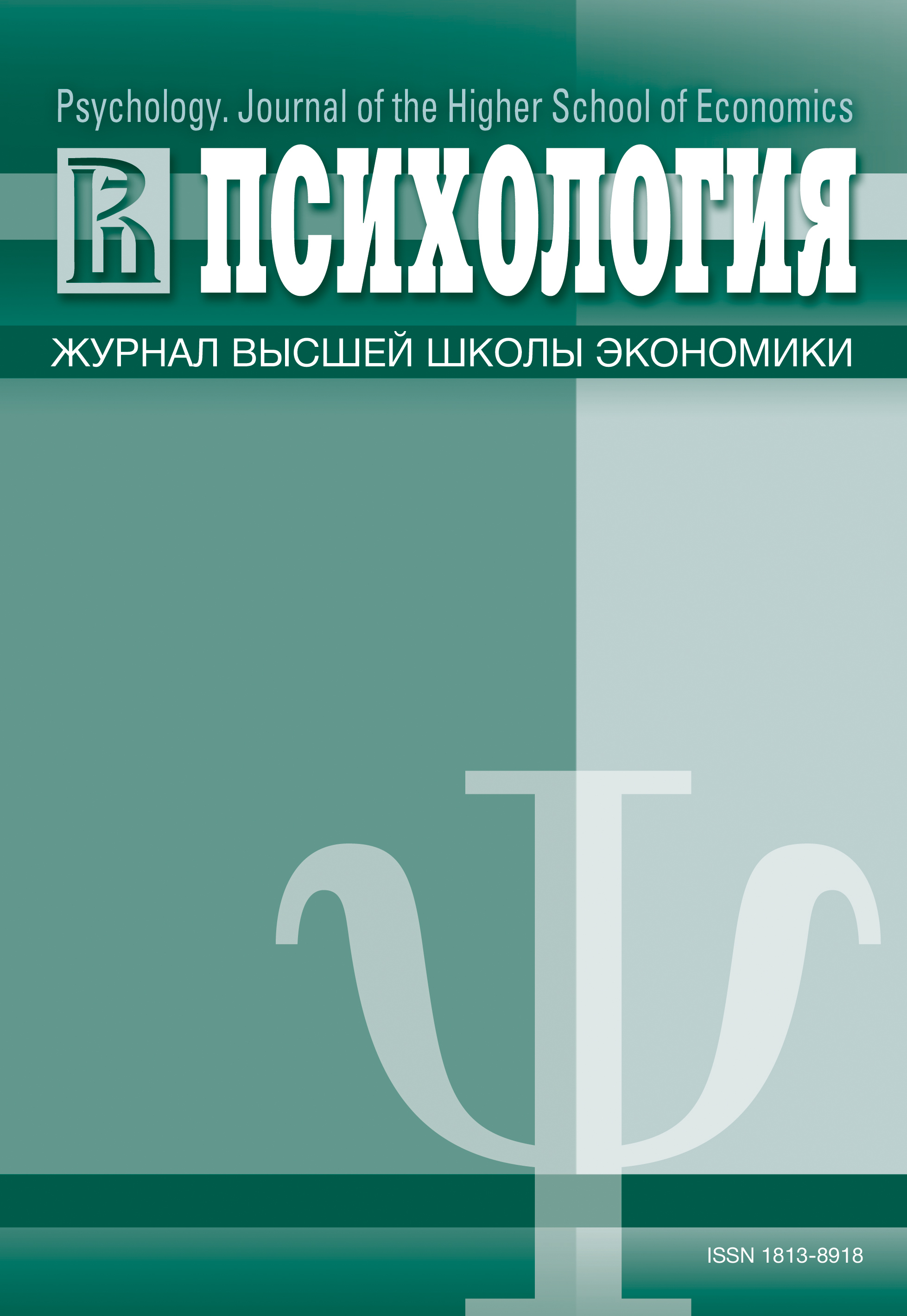An ERP Study of Inattentional Blindness Condition
Keywords:
consciousness, inattentional blindness, visual awareness negativity, selective negativity
Abstract
Sometimes we do not notice a salient object while being occupied with some attention-demanding task, a phenomenon known as inattentional blindness (IB). Nowadays the question of the origin of IB is posed in terms of the differentiation between the processes of attention and consciousness. The goal of the present study was to examine the correlates of object-based attention (SN), early visual awareness (VAN), and late-visual awareness (300 ms after the presentation) in the IB condition. Our experiment used a modified version of the method of Koivisto and colleagues (Koivisto, Kainulainen & Revonsuo, 2009). Subjects were presented with two different letter stimuli that could be masked; subjects responded either that they saw or didn’t see the target letter (in the attended or unattended field) whenever it appeared. IB was considered as a condition when subjects responded "I do not see" when the unmasked target letter was presented in an unattended field. Our study showed that in a condition of IB the correlate of object-based attention (SN) was detected in the absence of the conscious processing component (P300). This, together with the absence of the lack of verbal reporting in later stages of processing, implies that the process of early stimuli discrimination might take place. Thus the response "I do not see" in the IB condition in our study could be associated with underachieving in the last stage of stimulus processing, which is “access consciousness”.Downloads
Download data is not yet available.
Published
2015-01-19
How to Cite
ЯмщининаП. А., & КувалдинаМ. Б. (2015). An ERP Study of Inattentional Blindness Condition. Psychology. Journal of the Higher School of Economics, 11(4), 158-174. https://doi.org/10.17323/1813-8918-2014-4-158-174
Issue
Section
Work in Progress





